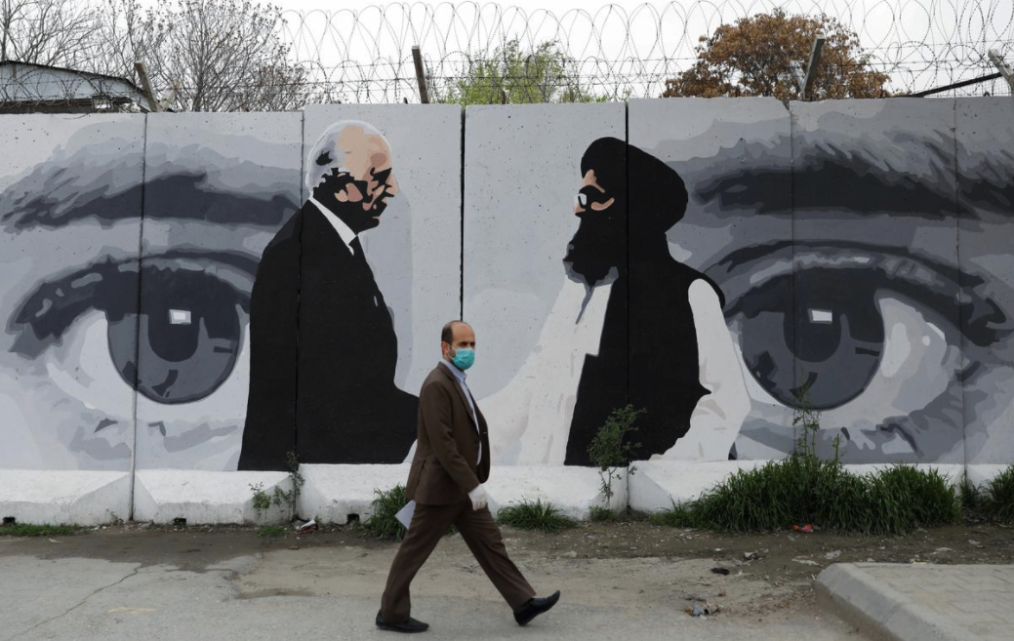After enduring a spate of violent attacks carried out by the Taliban over the past two months, Afghanistan received a much needed respite from conflict during the Eid al-Fitr holiday. In recognition of this sacred time, the Taliban announced a 3-day ceasefire, marking the third instance of a temporary truce since 2018.
In its announcement, the Taliban’s leadership commanded its fighters to refrain from launching any offensive operations, but did not rule out the possibility of needing to defend against assaults carried out by government forces. Such sentiments signal that the level of trust between both parties remains shaky, threatening any momentum that has been garnered over the past two years toward a substantive and inclusive peace deal.
Like previous periods of ceasefire, this round proved to be short-lived, with recent attacks attributed to the Taliban following the expiry of the ceasefire. Nevertheless, such measures are considered integral to facilitating the ongoing talks between the Taliban and the Afghan government, who are currently meeting in Kabul while fighting continues unabated.
In spite of the challenging circumstances regarding the conflict, and the sudden emergence of the COVID-19 pandemic, the Afghan peace process has shown resilience through 2020, with promising signs of headway emerging both between, and within, both parties.
For its part, the Afghan government responded to the Taliban’s unilateral declaration with its own peace offering, by promising to accelerate the release process for imprisoned Taliban fighters. The significance of such a move cannot be understated, given that terms for the prisoner release remain a contentious sticking point within the government. As well, the release of Taliban prisoners by the Afghan government has also been utilised as the primary tool for encouraging the Taliban’s initiation of a ceasefire, demonstrating that the Afghan government is willing to take the ‘next steps’ towards intra-Afghan dialogue.
Furthermore, a power-sharing arrangement cinched earlier this month between President Ashraf Ghani and Abdullah Abdullah will undoubtedly strengthen the government’s legitimacy, while improving its position of leverage during the reconciliation process. Prior to the deal, both Ghani and Abdullah had claimed victory in last year’s presidential election, even after an appeal process had declared Ghani as the victor.
The political feud and rivalry had even gone as far as encouraging Abdullah to form a parallel government, precisely at the time when the Trump administration had signed a conditional peace deal with the Taliban, putting the ball in Kabul’s court to advance the peace process. As a result of the difficulties associated with managing a pandemic and brokering a peace deal, resolving the internal crisis of leadership within the Afghan government has proven advantageous by presenting a united front between the two factions of leadership in their talks with the Taliban.
Having resolved their differences, the terms of the deal designate Abdullah as the government’s lead in talks with the Taliban, leaving administration of state affairs to Ghani. As a conservative politician of mixed heritage with historical ties to the Mujahideen movement, Abdullah has assiduously crafted an image and narrative of his willingness to negotiate with the Taliban.
In recent months, Abdullah has often critiqued Ghani’s approach as impractical, believing that the imposition of demands as a prerequisite to intra-Afghan dialogue has only dissuaded the Taliban’s participation.The Ghani-Abdullah rivalry had also been used to advance the Taliban’s rhetoric, by describing Ghani’s government as fractured and unrepresentative of the Afghan population.
Despite their previous discrepancies, both Afghan leaders can be seen to understand the importance of working together on behalf of taking the peace negotiations with the Taliban further. By agreeing to the ceasefire and to the subsequent release of an additional 2000 Taliban prisoners, the Afghan government has shown its willingness to continue peace talks with the Taliban.
However, it is not only the Afghan authorities who have taken significant steps towards satisfying the Doha Deal, but also the Taliban who have demonstrated their great commitment to the peace talks through the recent initiation of the ceasefire arrangement over the course of the Eid holiday period. Even though violent clashes continued directly after the ceasefire concluded, the hope for finally reaching peace has not entirely vanished, as both parties have clearly indicated a higher degree of willingness to move forward with the Doha Deal and collaborate towards establishing a more stable Afghanistan.
– Arman Sidhu and Anja Apfel



